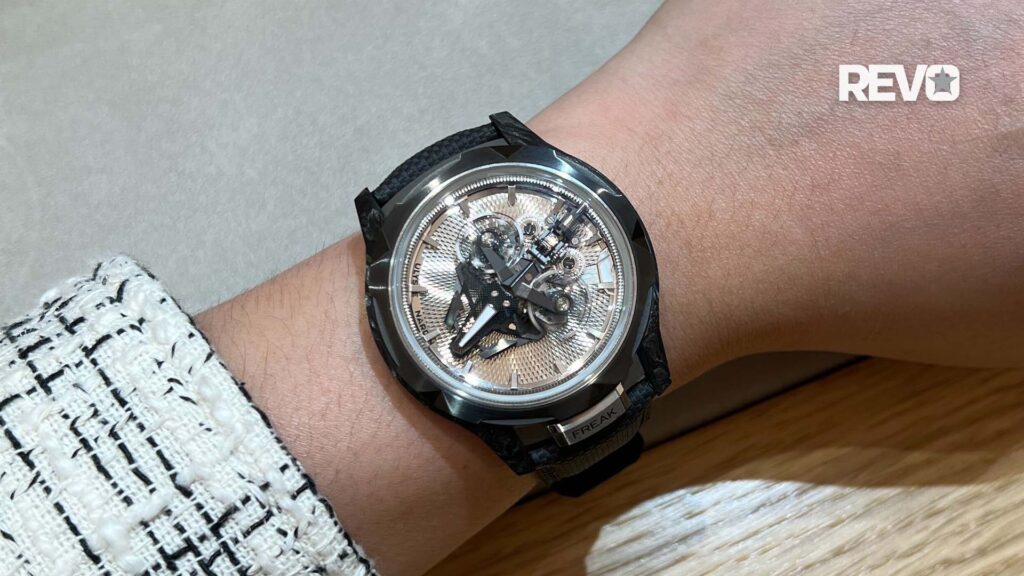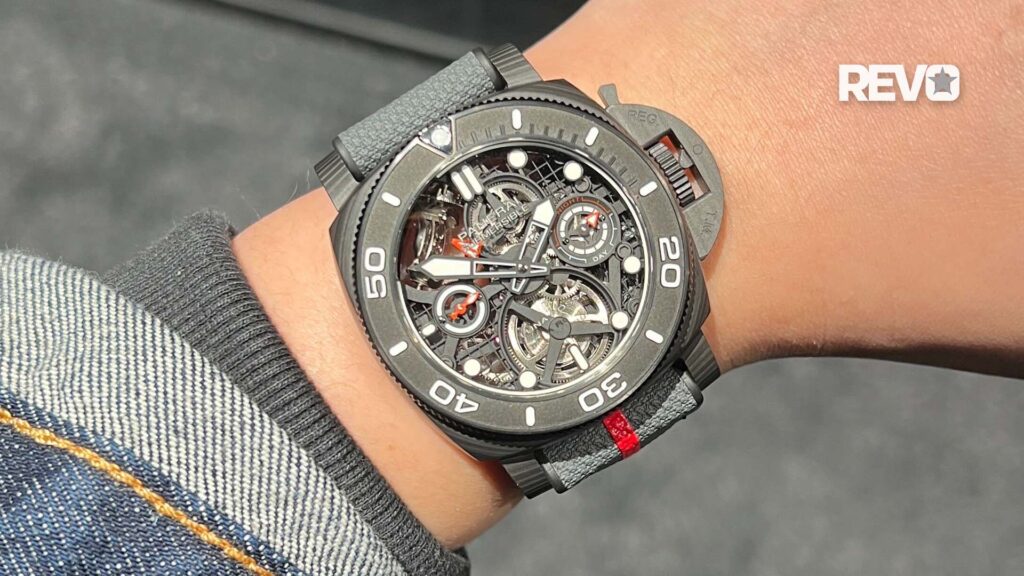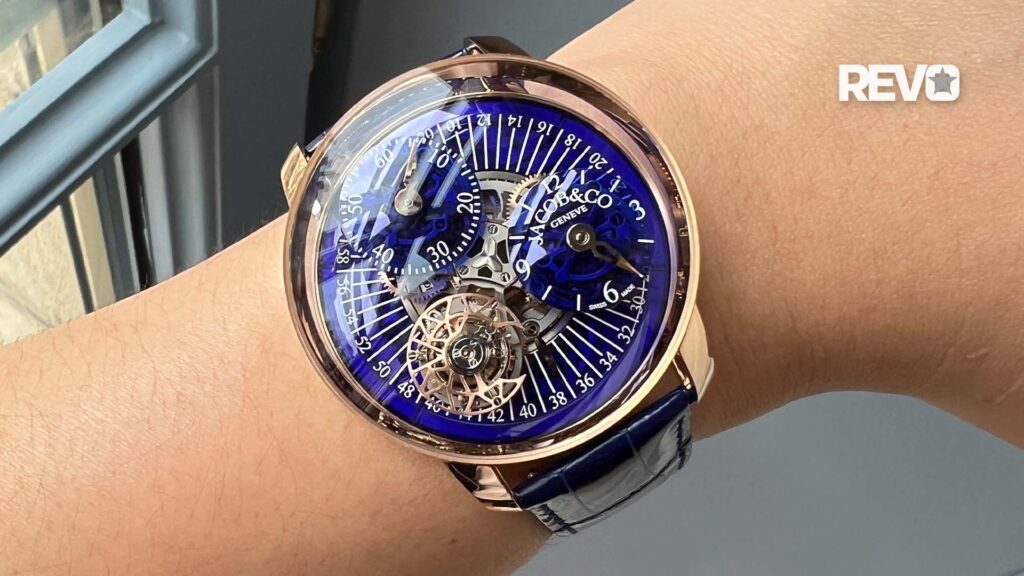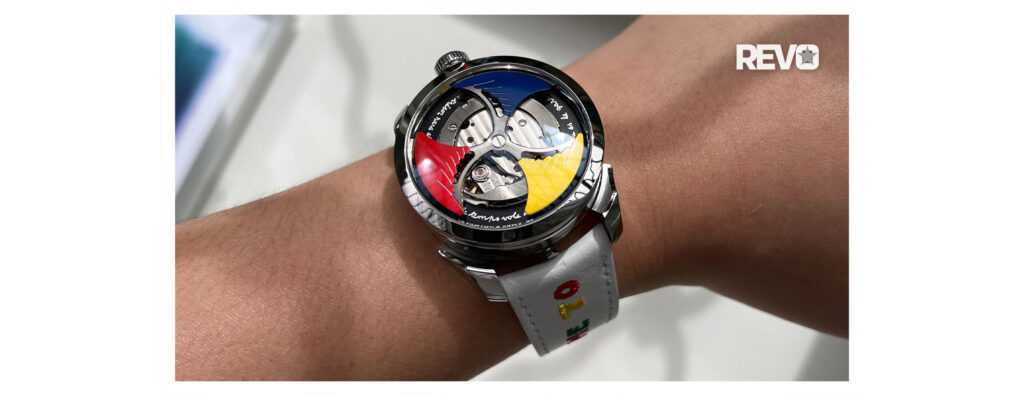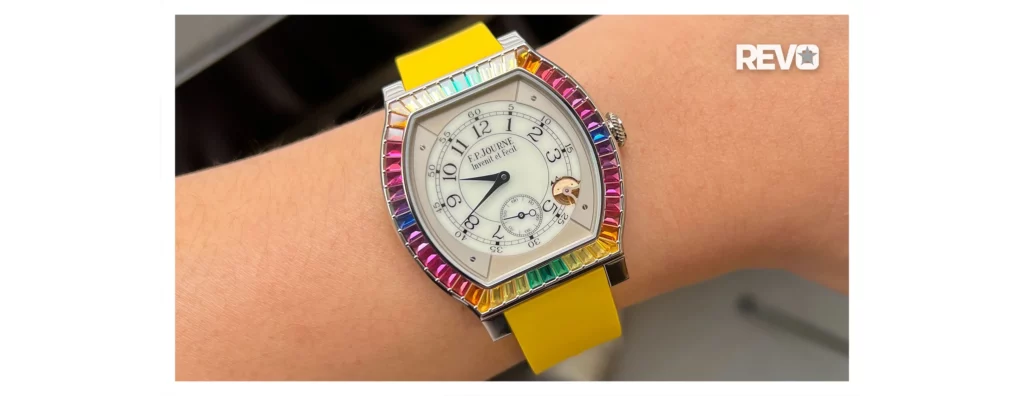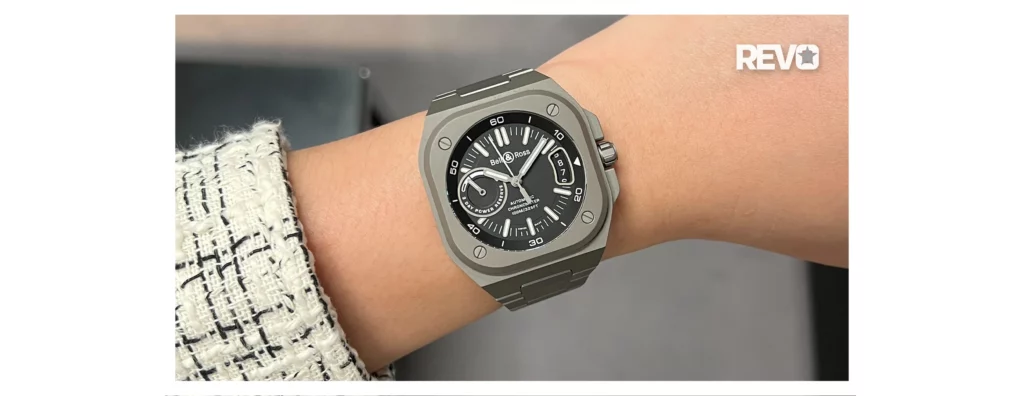IWC Schaffhausen
Introducing IWC’s Big Pilot Watch 43
A Brief History of Pilot’s Watches
The World Wars brought dramatic change to the entire globe in many ways, but none more striking than in the transportation industries. The need to deliver goods and people quickly, efficiently and safely brought rapid evolution to the capabilities of air travel. With the longer distances and more technical navigational needs, this introduced the need for a new breed of timepiece: the pilot’s watch.
The needs of the aviator during extended flights and under technically challenging conditions drove innovations in timepieces that define the pilot’s watches of today. The cases are traditionally oversized to make it wearable and easy to operate in tough conditions. A bold triangle at the 12 o’clock position is there to give quick orientation in a glance. The watch makes use of luminescent material to allow for low light and night conditions.
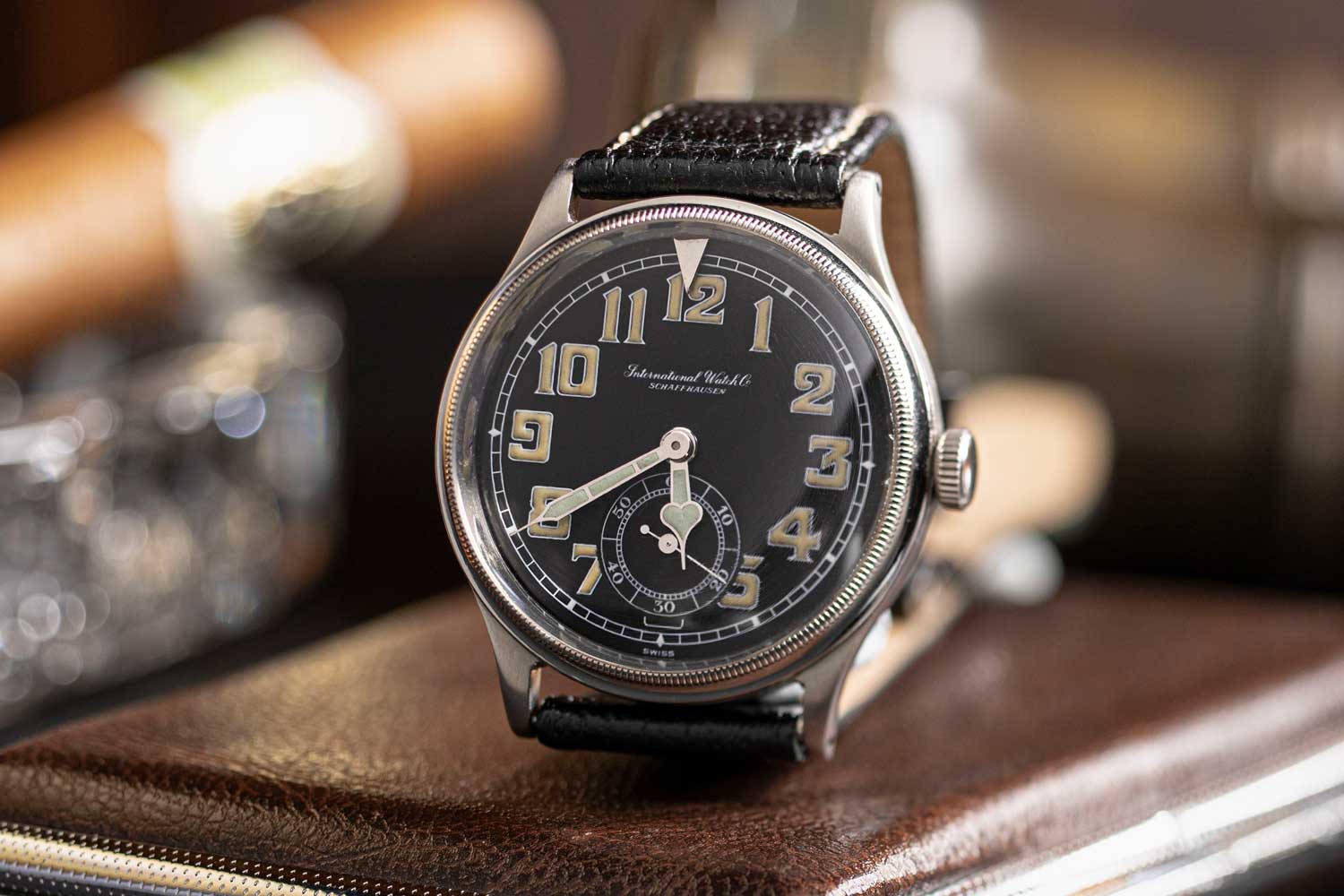
IWC’s Pilot’s watch ref. 436 from 1936 (©Revolution)
Complications began to appear later to give unique instrumental advantages, including chronographs for recording elapsed time for aero navigational calculations, GMT for cross-time-zone travel, and slide rule bezels for mathematical computations.
IWC Pilot Watch History
IWC made their first pilot’s watch in 1936. It used their in-house Caliber 83, and had an antimagnetic escapement, shatterproof crystal and was highly resistant to the temperature fluctuations that were common in the non-air-conditioned metal planes of the time. The bezel also rotated to measure short periods of time and help pilot’s effectively register take-off times. It was well-received and a big success for the company.
Shortly thereafter, during the WWII, the Reichsluftfahrtministerium(RLM), the “Ministry of Aviation” in 1933-1945 Germany, defined strict specifications pilot watches known as “Beobachtungsuhren” or “B-Uhren” (observation watches). The B-Uhren watches were used as a navigation instrument during the flight. The navigators on board could determine the precise position of the aircraft in combination with an octant (angle).
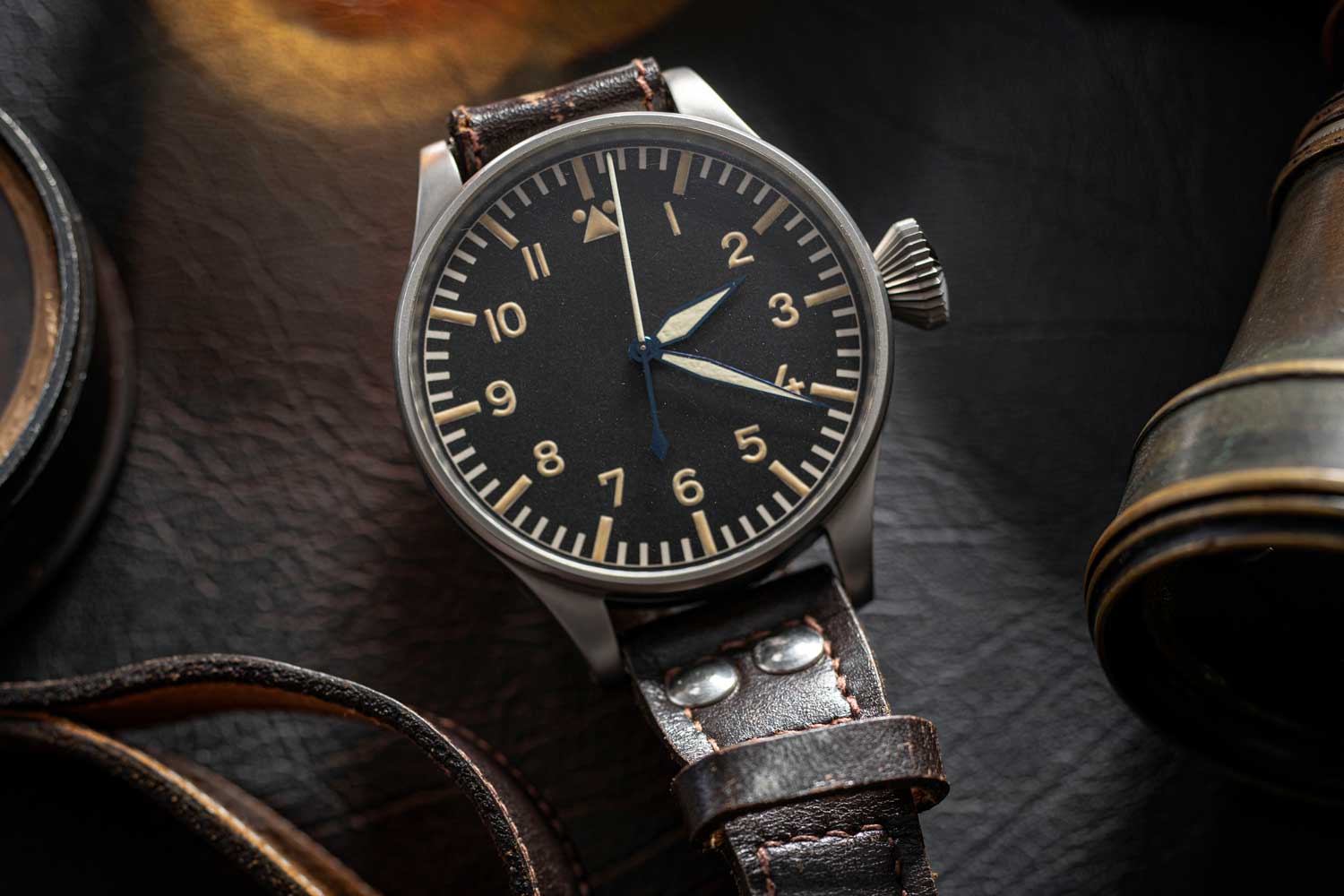
The Big Pilot Ref. 431 from 1940 (©Revolution)
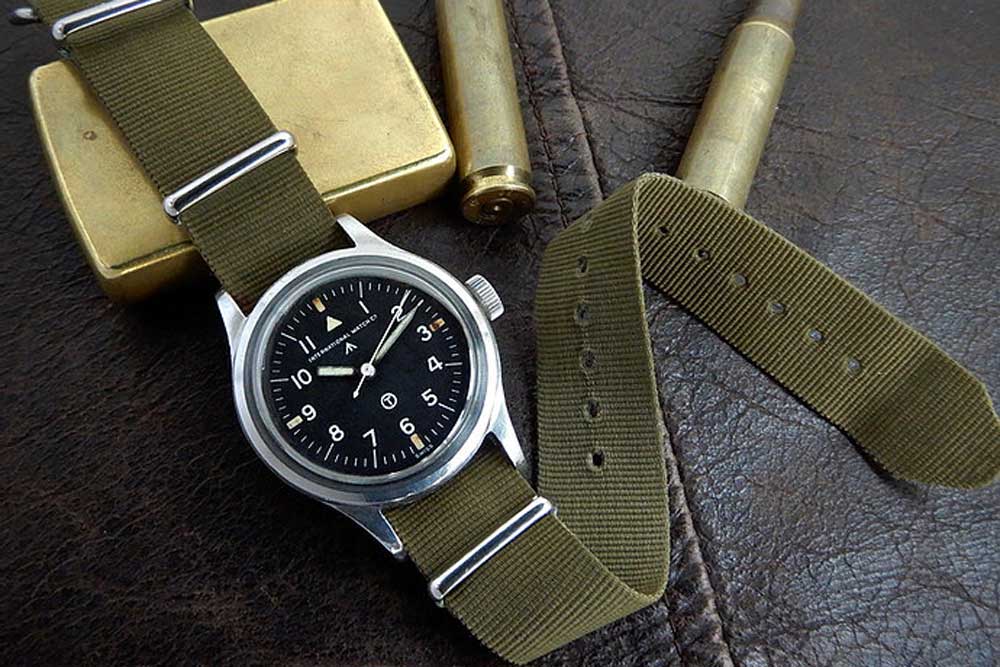
The IWC Mark XI powered by Calibre 89 was made for the Royal Air Force in 1951(Image: fullywound.com)
IWC was one of the five manufacturers along with A. Lange & Söhne, Wempe, Laco, and Stowa to supply the B-Uhren Type A watches to the German Luftwaffe. The watch movements were uniformly cased in 55mm diameter, gray varnished, brass or steel housings with snap on case back. Printed on the inside of the case back was the type, device and movement number, stock no. and the manufacturers name.
There were 1,200 Caliber 52 SC (officially “52T-19”’ H6 S.C.”) movements manufactured in 1940, and 1,000 of them went into the B-Uhren made by IWC. “SC” stands for “central seconds,” also known as the sweep seconds hand. The other 200 movements were sold in so-called “Deck watches” to the Royal Navy.
Eleven years later, the iconic IWC Mark 11 Pilot’s watch, with its NATO strap and Calibre 89 movement, was supplied to the Royal Air Force. And today, pilot’s watches are still a cornerstone of the IWC catalog. They offer several models with a wide variety of complications, all with the classic IWC DNA at their core.
The Big Pilot 43
The IWC Big Pilot’s Watch 43 is a modern reinterpretation of the Big Pilot’s watch Ref. 5002. IWC wanted to bring in all facets of its tradition in Pilots watches to the watch that was called in the project stadium “Grosse Fliegeruhr, Projekt Mark XXI”. It featured an in-house movement with Pellaton self-winding system and – inspired by the Mark 11 – the soft iron inner case. Looking at its 46mm case it was obvious that the inspiration for the unitarian design came from the original WWII B-Uhren. Keeping the tradition of the Big Pilots watch, the 43mm version features more of its historical ancestors with a thoughtful rendition of the Big Pilot’s Watch of 1940. It features a clean dial that values legibility over instrumentation. In fact, the watch is a simple three-hand timepiece with no date complication, power reserve, or sub-dials.
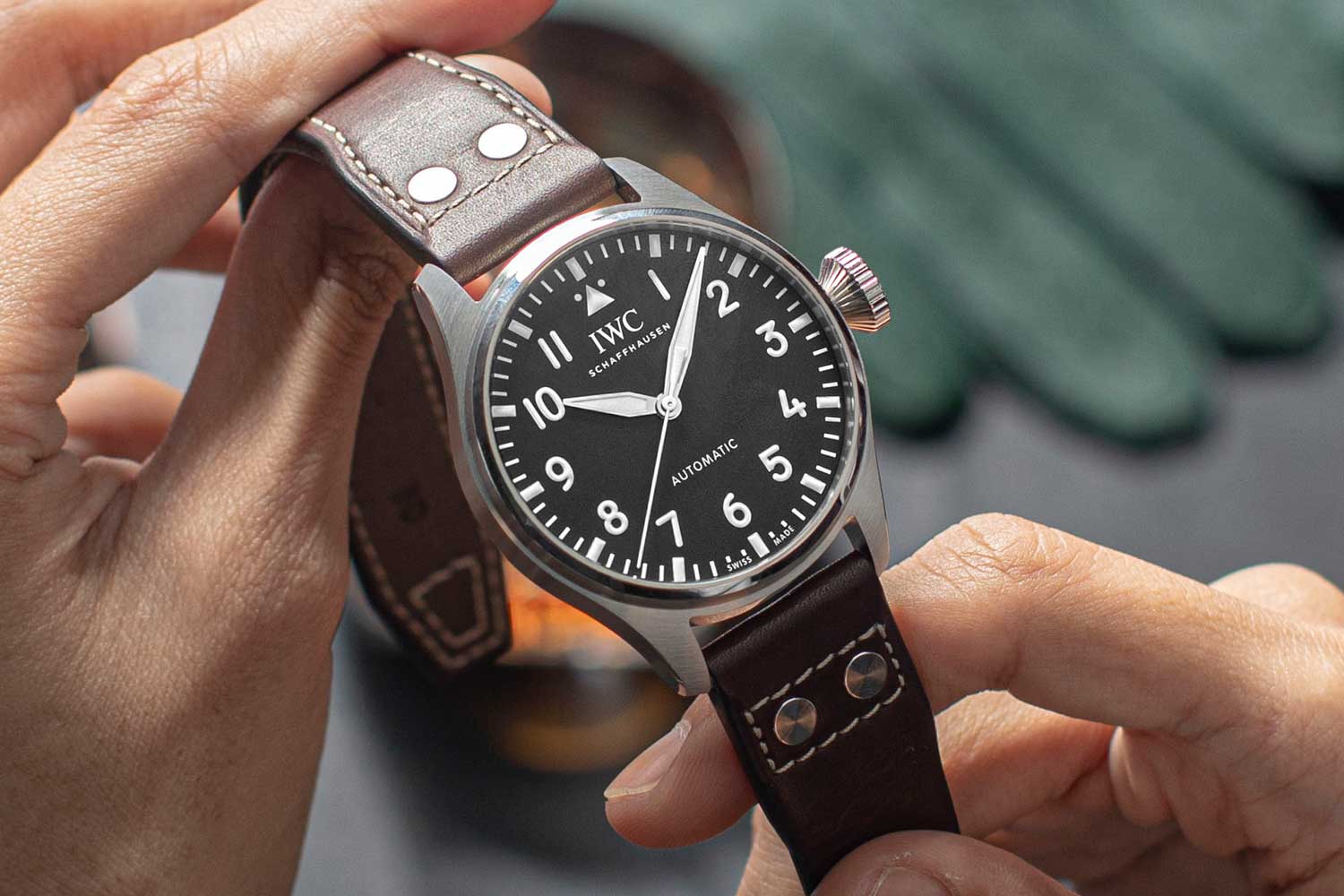
The new IWC Big Pilot’s Watch 43 is a modern reinterpretation of the original WWII B-Uhren with no date complication, power reserve, or sub-dials. (©Revolution)
Case & Bezel
The Big Pilot’s Watch 43 does feature one big change from its WWII predecessor and the Ref. 5002 of 2002, the case is a more ergonomic and wearable 43mm in stainless steel. The screw-in crown is strikingly oversized with the signature conical shape and grooves of traditional pilot’s watches. The case has been reworked to ensure a 10-bar water resistance for greater sport versatility.
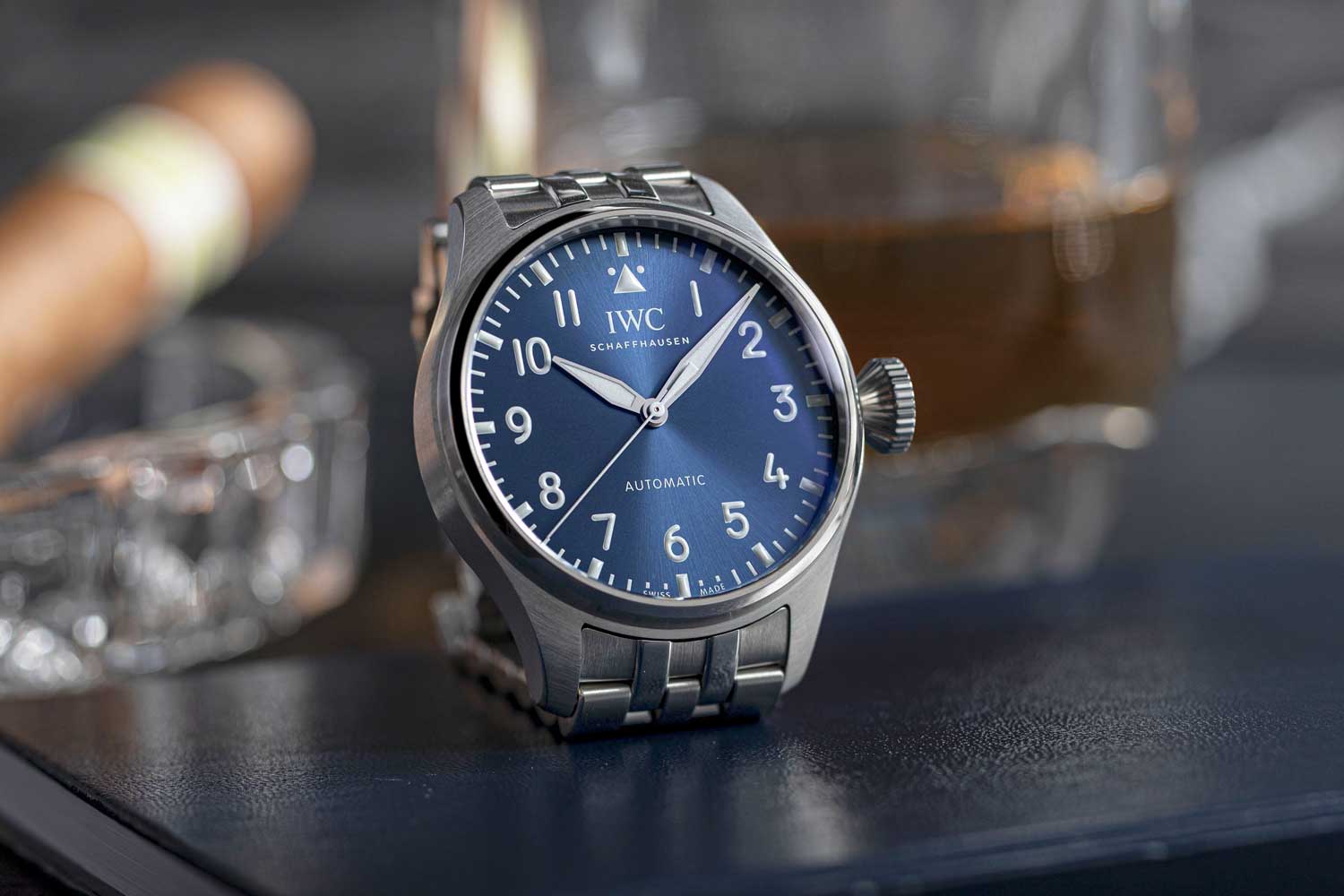
The watch’s wide hour and minute hands and the slender seconds hand are rhodium-plated for high legibility against the dark dial. (© Revolution)
Dial
The dial design takes inspiration from the historical watch, except for the IWC logo and text. The original was a sterile dial without any markings. It is available in either black or a royal blue, both of which are high contrast backdrops to the large white numerals and outer minute track. A triangle with two dots accompany the IWC logo at the 12 o’clock position for fast orientation. The wide hour and minute hands and the slender seconds hand are rhodium-plated for high legibility against the dark dial.
The glass is a convex sapphire with anti-reflective coating on both sides for clarity to the dial beneath and is secured against displacement, ensuring function and precision in the case of drops in cabin pressure.
Movement
Beneath the rear sapphire glass back is the elaborately decorated in-house 82100 Caliber. Where the focus of the dial was on fast and accurate timekeeping, the movement is focused on precision and reliability. The automatic winding system with a 60-hour power reserve used in the design was developed by Albert Pellaton, the technical director for IWC from 1944 to 1966.
The IWC Big Pilot’s Watch 43 has improved on the design by introducing a highly technical zirconium oxide ceramic for the automatic wheel and the pawls that mesh with it. Manufacturing such small ceramic parts is a manufacturing feat that allows for virtually wear-free components that contribute to longer life and better serviceability for the timepiece.
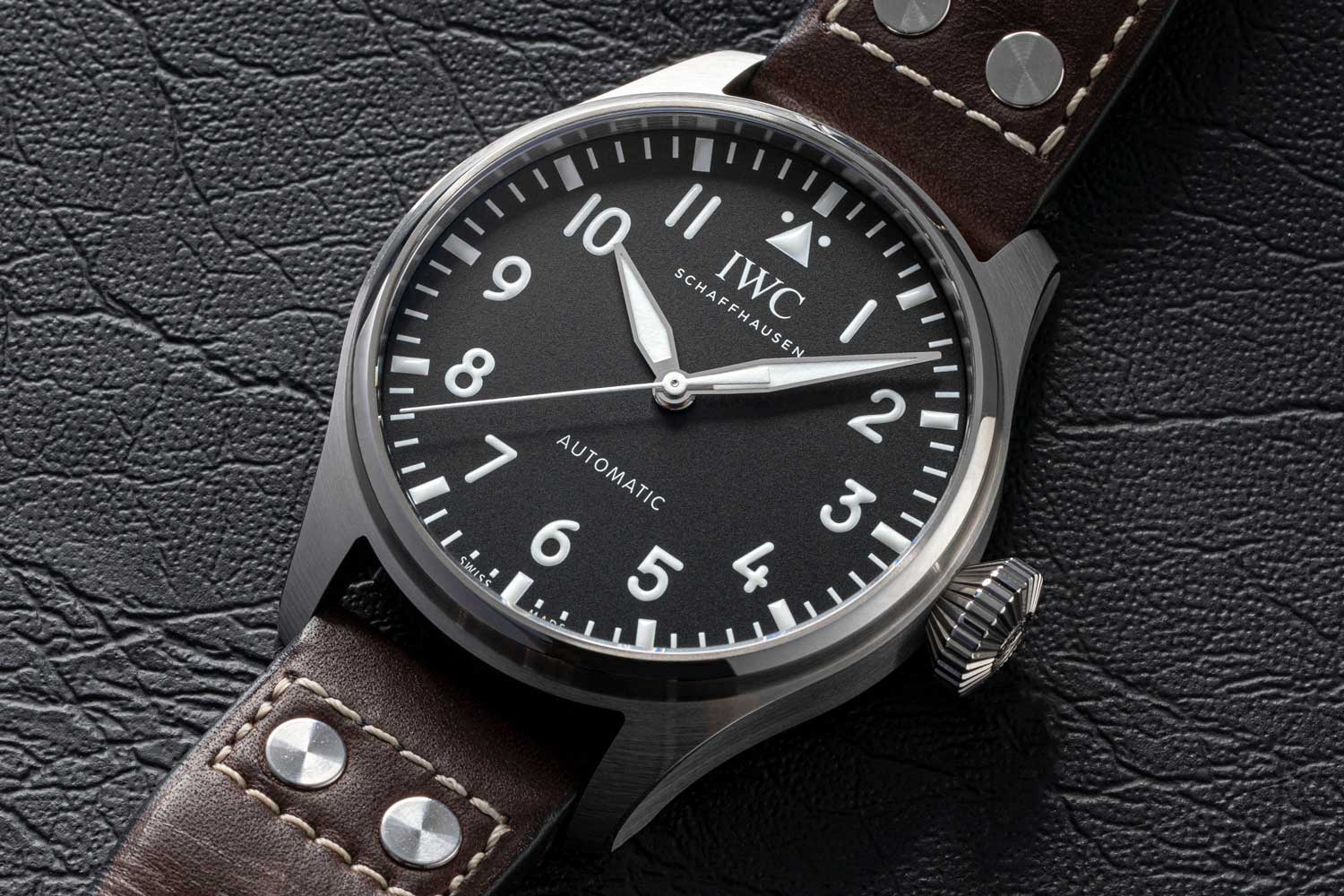
The Big Pilot’s Watch 43 offers a few strap options in calf leather, rubber and stainless steel. (©Revolution)
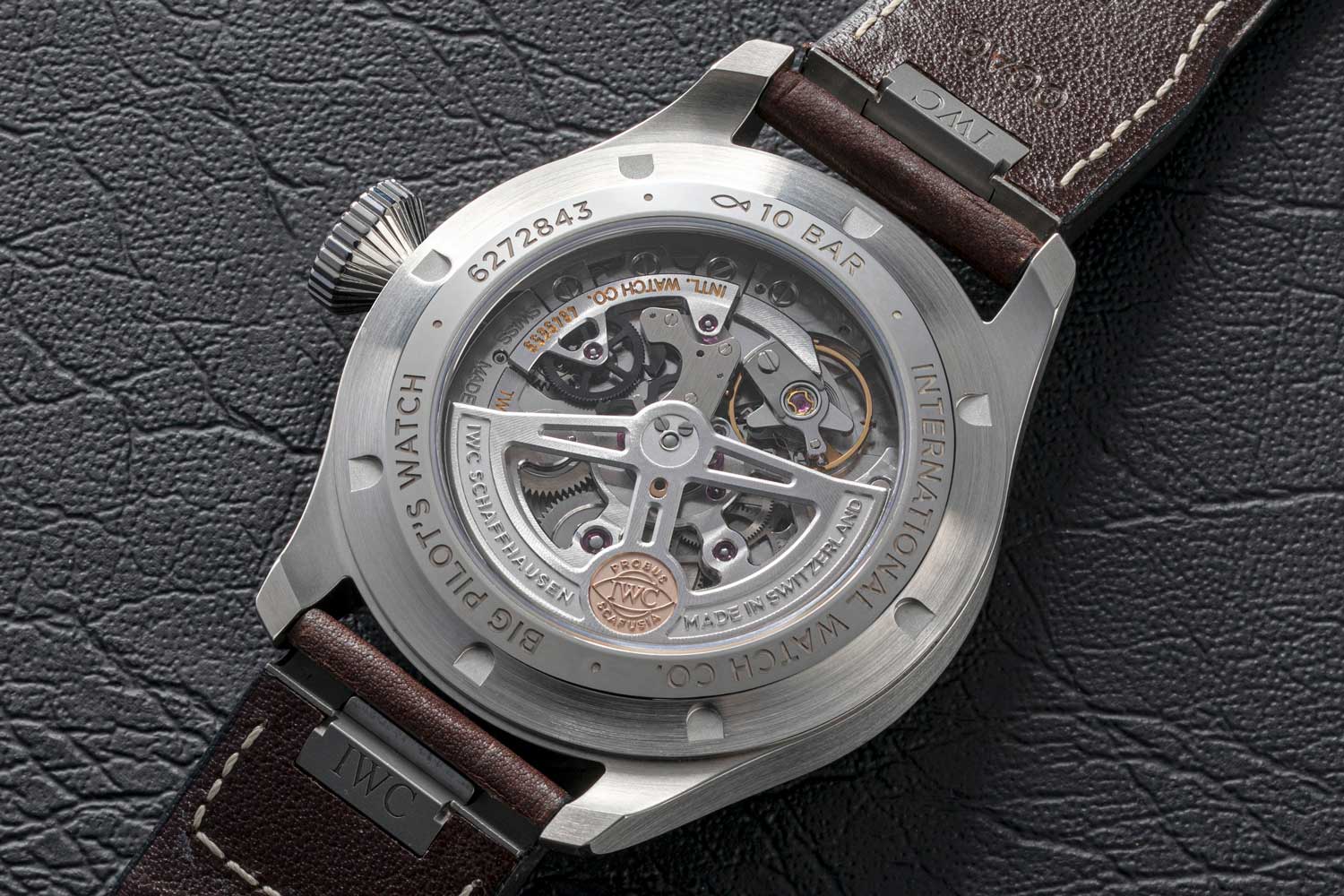
The watch is powered by calibre 82100, which uses zirconium oxide ceramic for the automatic wheel and the pawls that mesh with it. (©Revolution)
Strap
The Big Pilot’s Watch 43 is paired with a few strap options of calf leather, rubber and stainless steel for a well-rounded versatility in look and feel. The watch features a new user-friendly quick-change system that welcomes frequent strap changes.
Tech Specs
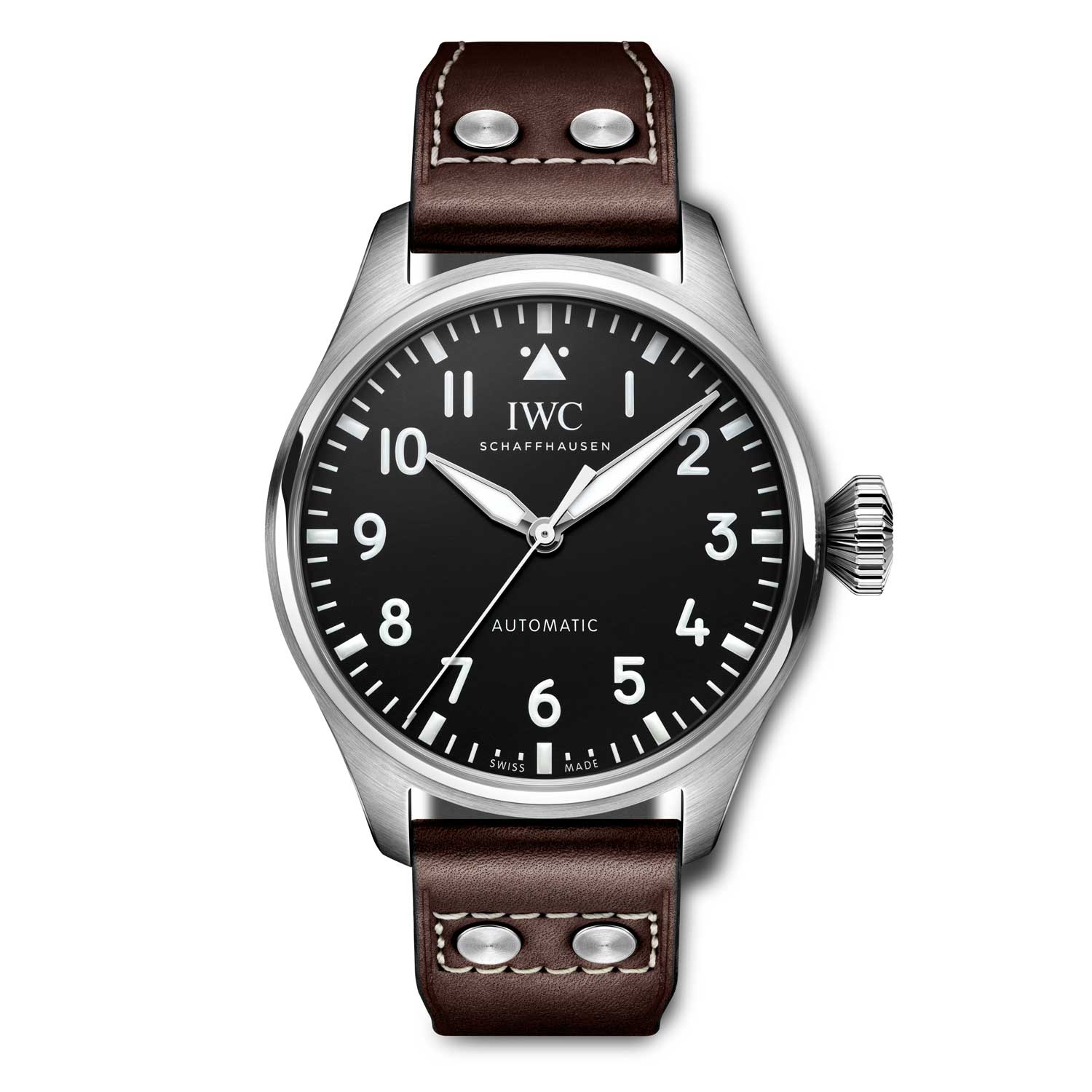
IWC Big Pilot 43
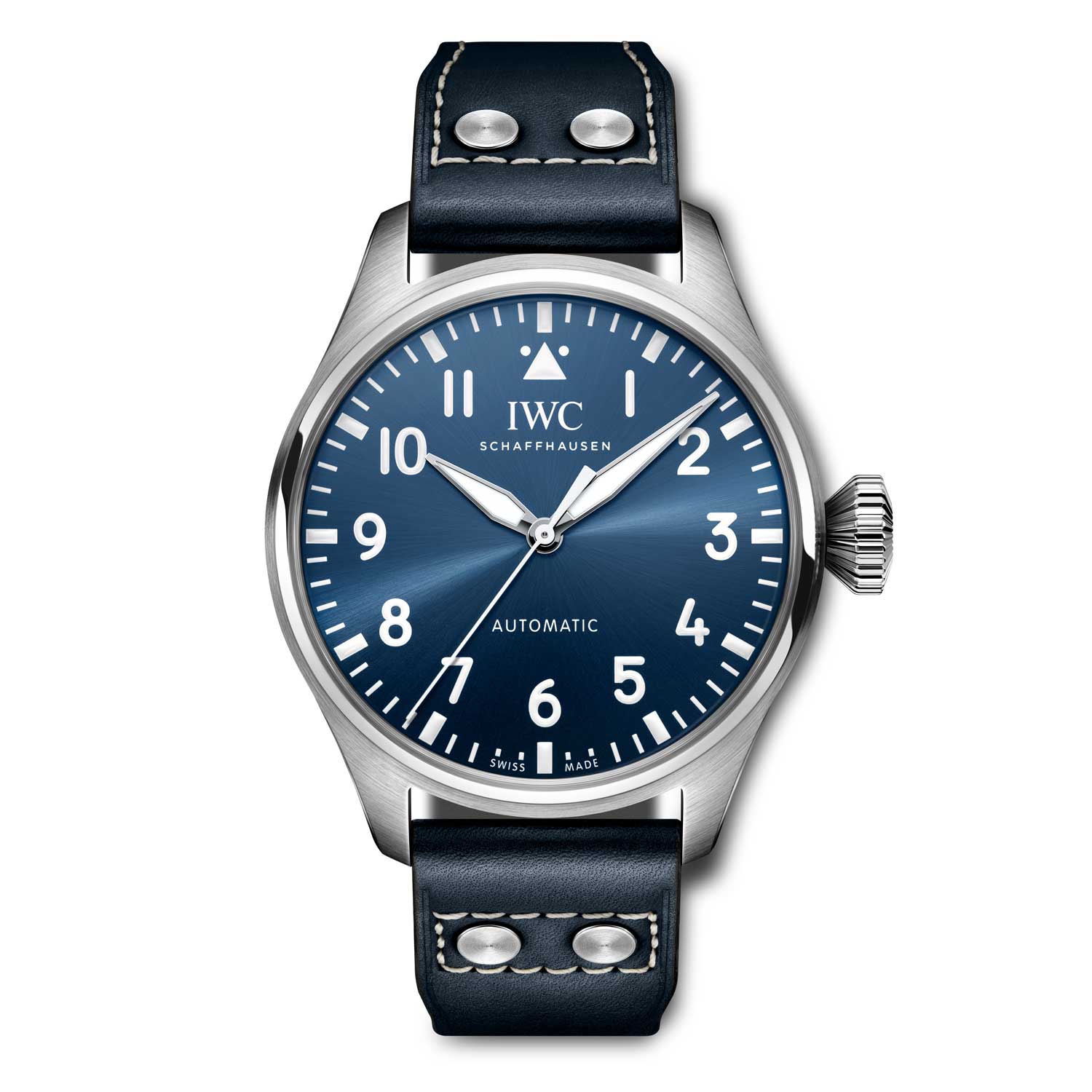
IWC Big Pilot 43
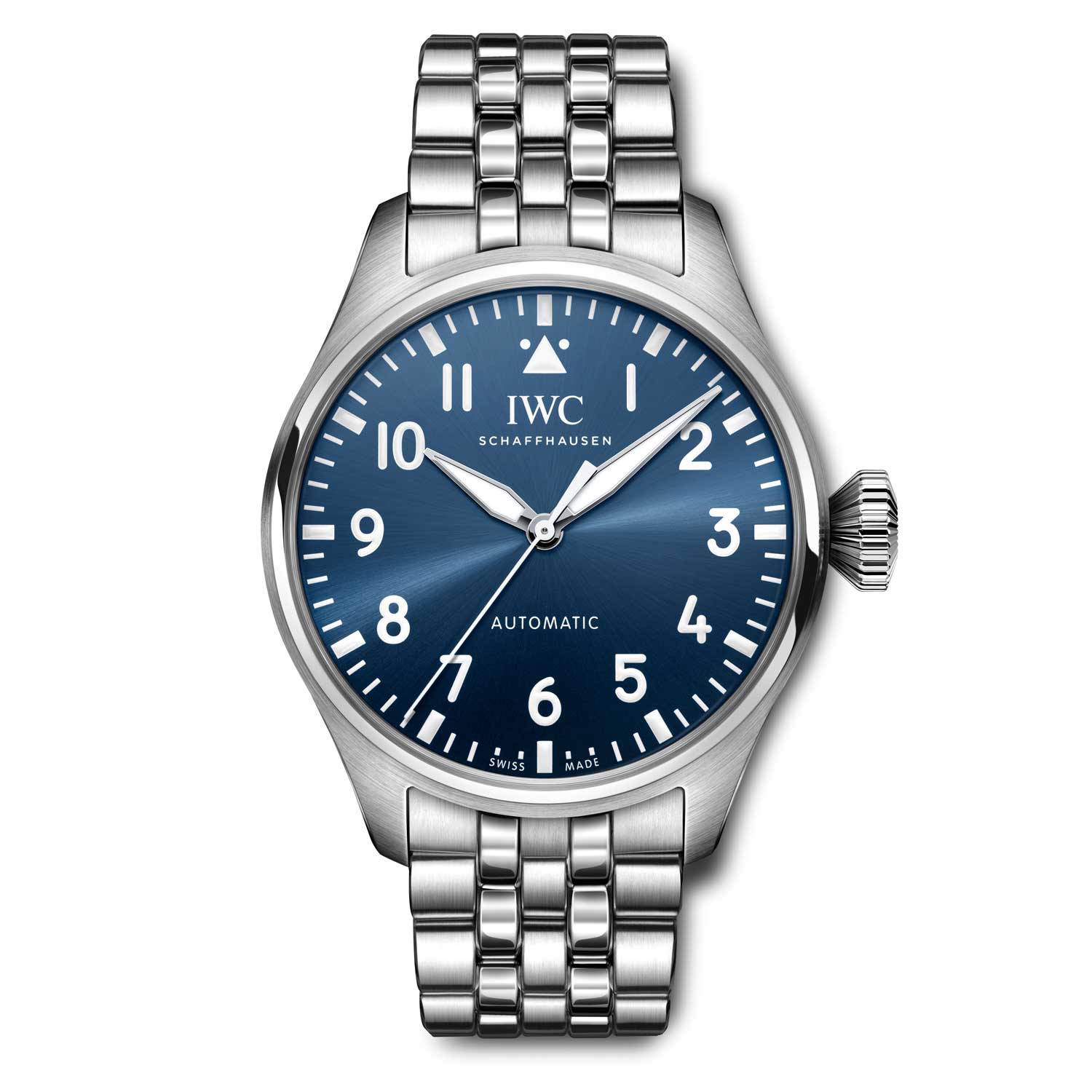
IWC Big Pilot 43
Movement: Automatic 82100 caliber, Pellaton winding, 60 hours power reserve
Functions: Hour, Minute, Central hacking Seconds
Price: USD 8,400 Ref. IW329301: black dial, brown calf leather strap
Price: USD 8,400 Ref. IW329303: blue dial, blue calf leather strap
Price: USD 9,350 Ref. IW329304: blue dial, stainless steel bracelet




